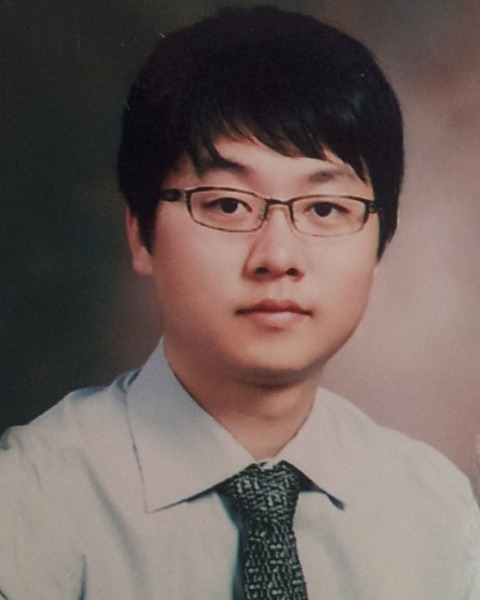Congenital
Category: Scientific Abstract: Oral/Poster
Biventricular remodeling after cone repair in Ebstein anomaly: MRI data analysis
J. Lim, C. Lee
Bucheon Sejong General Hospital, Bucheon-si, Kyonggi-do
Bucheon Sejong General Hospital, Bucheon-si, Kyonggi-do

Jae Hong Lim, PhD
Bucheon Sejong General Hospital
Bucheon-si, Kyonggi-do, Republic of Korea
Presenting Author(s)
Disclosure(s):
Jae Hong Lim, n/a: No financial relationships to disclose
Purpose: Various surgical techniques to repair of Ebstein anomaly have been reported. Cone repair provides a nearly anatomical tricuspid valve (TV) reconstruction and promising outcomes. We reviewed our experiences with cone repair to evaluate biventricular remodeling and outcomes of annular support procedure.
Methods: Between January 2008 and December 2021, Cone repair was performed in 33 consecutive patients with Ebstein anomaly. Mean age was 32.0±17.9 years (range, 1.1-66.8 years). Previous TV repair had been performed in 1 patient with Hetzer technique (4%). Severe tricuspid regurgitation (TR) was present in 32 patients (97%). Total 20 patients had preoperative magnetic resonance imaging (MRI) data, 16 patients had postoperative MRI data.
Results: Modification included the addition of an annuloplasty band (21 patients with pericardial strip, 2 patients with prosthetic ring) in 23 patients (69.7%), and papillary muscle reposition in 1 patient (3%). Bidirectional cavopulmonary anastomosis was performed in 2 patients (6%), and one of them underwent a Fontan operation at the third postoperative years. There was no mortality. Mean follow-up was 4.9±4.4 years. Two patients (6%) required late tricuspid valve re-repair at the first and sixth postoperative years. At follow-up, 9 patients (27.2%) had no or trivial TR, 16 (48.4%) had mild TR, and 8 (24.2%) had mild to moderate TR. The freedom from late TV reoperation was 78.8±13.4% at 5 years. The reoperation rate of TV was significantly lower in the patients who underwent tricuspid annuloplasty with band (p=0.021). Preoperative and postoperative MRI data showed significant RV volume decrease after cone repair (right ventricular end-diastolic volume index (ml/m2): preoperative/postoperative = 208.4±71.7/108.4±40.5, p=0.008). Left ventricular ejection fraction (LVEF) was not significantly different after cone repair but left ventricular stroke volume (LVSV) was significantly increased after cone repair (LVEF (%): preoperative/postoperative = 61.2±6.2/61.0±5.2, p=0.735, LVSV (ml) = preoperative/postoperative = 66.7±12.7/73.1±13.6, p=0.050)
Conclusion: Cone repair for Ebstein anomaly can be performed with low mortality and morbidity. The addition of annuloplasty band was associated with lowering the incidence of the TV reoperation. And cone repair might affect left ventricular function because of ventricular interdependency. Longer follow-up is essential to determine late durability of cone repair and both ventricular functional change.
Identify the source of the funding for this research project: no funding
